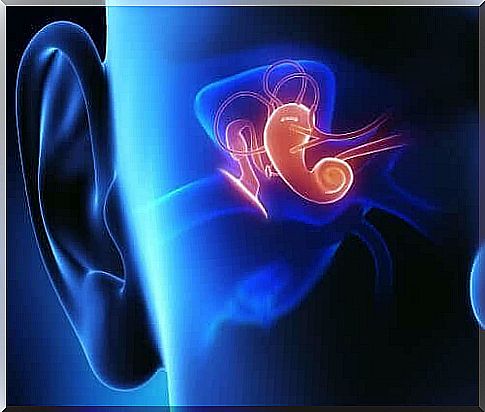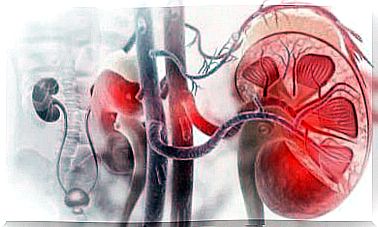Prelingual Deafness: Cure Through Gene Therapy?
Gene therapy aims to provide genes that correct or take over the functions of other defective genes that could otherwise lead to the development of prelingual deafness. In today’s article you will learn what prelingual deafness is and what possibilities gene therapy offers in this context.

Gene therapy could be the solution to prelingual deafness because it could replace the use of cochlear implants. In fact, some animal experiments have shown positive results. If you want to learn more about this interesting topic, you should definitely read on!
Have you heard of gene therapy before? And do you know what prelingual deafness is? To understand this new treatment approach to curing this condition, you first need to know more about these two concepts. We want to deal with this topic in more detail below.
Gene therapy is a new area of medicine

Treatments based on the human genome are becoming increasingly popular in curing certain diseases, such as cancer. In gene therapy, certain genes are introduced to correct changes in the genome that could otherwise lead to disease.
A gene is part of the DNA that contains the information necessary for the synthesis of a certain protein in the body. These sections of DNA can undergo changes, i.e. mutations, which lead to the coding of defective proteins. To those proteins that lead to the development of certain diseases. So gene therapy aims to correct these defects.
Even if the tests for gene therapy in humans have advanced rapidly, there are still numerous unanswered questions. One of the questions scientists are asking is whether the therapeutic genes themselves could also cause disease. In addition, there is also the question of ethical limits.
What is prelingual deafness?
Prelingual deafness is when there is (total or partial) hearing loss, that is, the inability to hear, at birth. It is innate and can be inherited. Often this type of hearing loss is so pronounced that the child is not able to process verbal information through the ear, either with or without amplifying aids.
In 80% of the cases the child is already deaf at the time of birth. Interestingly, most deaf children are born into families whose hearing is normal.
Current treatments for prelingual deafness

Right now, a baby with this type of deafness needs a hearing aid. However, these devices are not a good solution in all cases, which is why some sufferers have to undergo surgery. A hearing aid converts electrical waves into sound waves when you insert them into your ear. Thanks to a circular and adjustable head strap, they can be easily attached to the ears to improve sound reception.
Once you’ve been diagnosed with this, you should start wearing a hearing aid to aid your hearing as soon as possible. Still, there are some cases when the above methods do not improve the situation. As a result, a cochlear implant may be required.
Gene therapy and prelingual deafness
There are many advances in medicine, and researchers are wondering whether it would be possible to use gene therapy to treat deafness from an entirely different perspective. That is, without the use of cochlear implants or hearing aids. However, you should know that these methods are currently still being investigated in animals.
However, there are already published results from two studies using this type of gene therapy. The researchers seem to have obtained interesting results for the treatment of hearing problems.
The examinations are currently focused on hearing disorders that are exclusively of genetic origin. This change currently affects more than 125 million people worldwide.
The tricky thing about this treatment is the fact that scientists use viruses to introduce healthy genes into organisms. This prevents these microorganisms from entering the cells of the ear.
One of the published articles describes how a gene that produces a fluorescent protein was introduced into the cells of a mouse ear using a synthetic variant of a virus. Another positive result is that there have been no side effects with this type of treatment.









